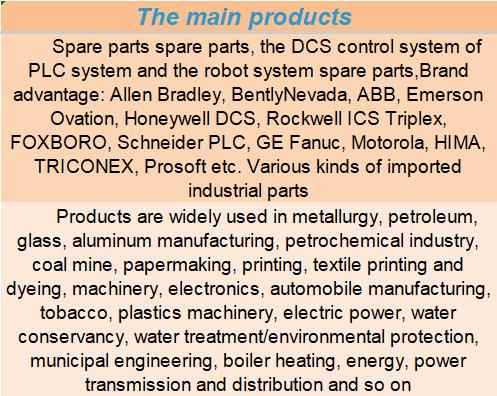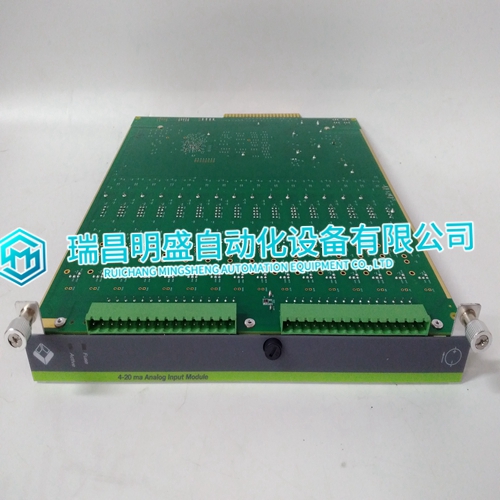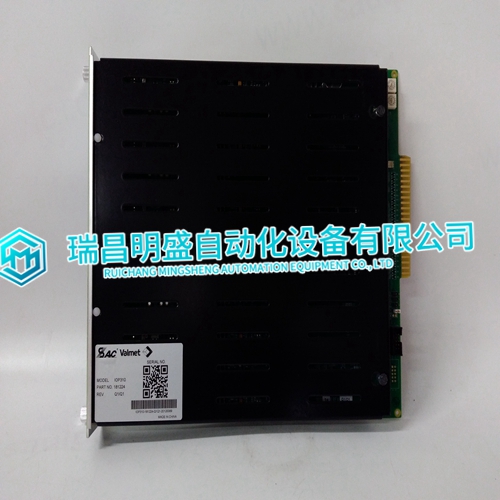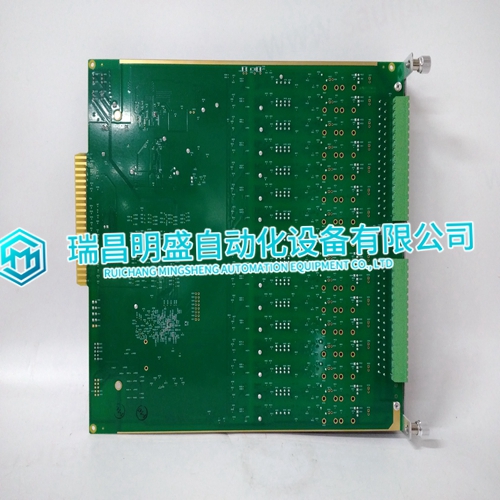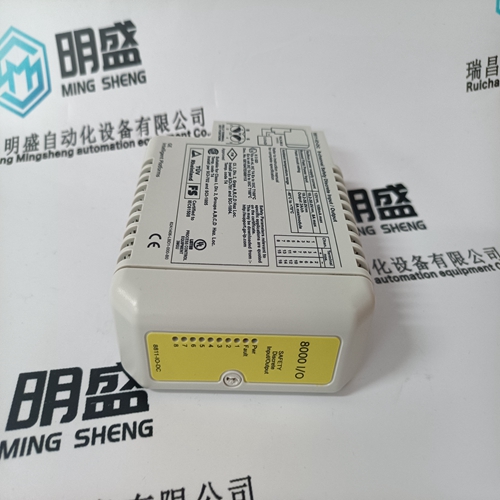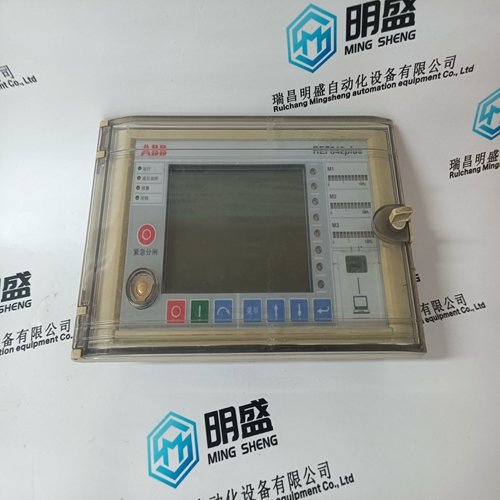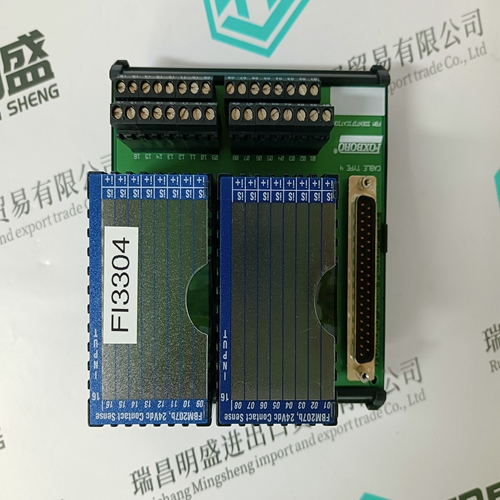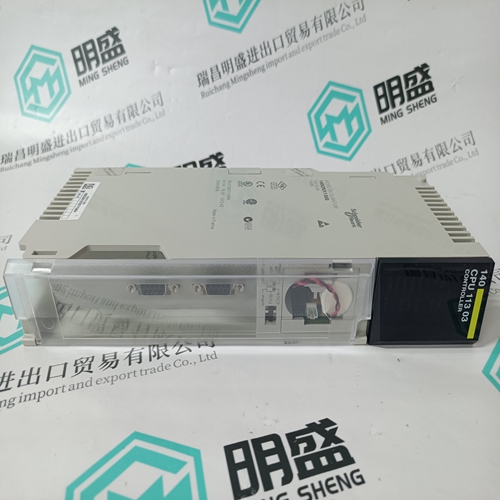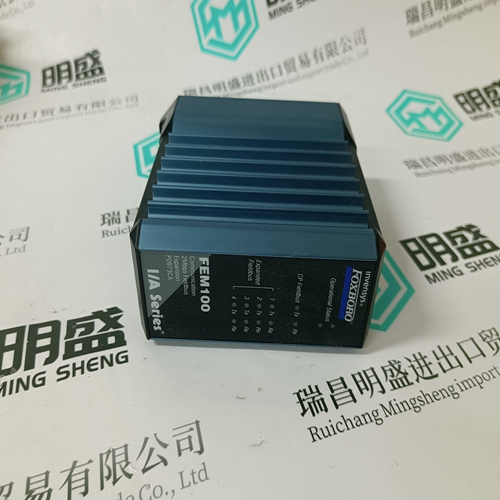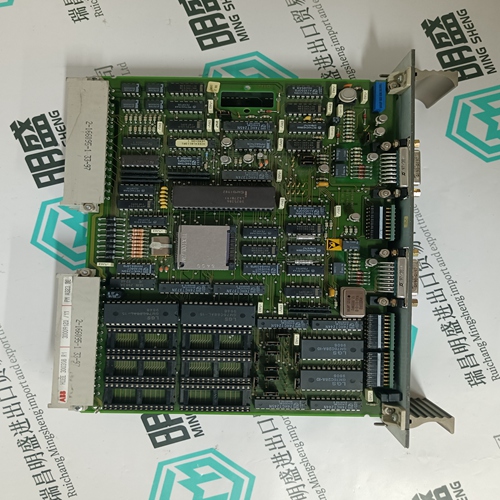Home > Product > Robot control system > METSO IOP310 Pulse input module
METSO IOP310 Pulse input module
- Product ID: IOP310
- Brand: METSO
- Place of origin: The United States
- Goods status: new/used
- Delivery date: stock
- The quality assurance period: 365 days
- Phone/WhatsApp/WeChat:+86 15270269218
- Email:stodcdcs@gmail.com
- Tags:METSOIOP310Pulse input module
- Get the latest price:Click to consult
METSO IOP310 Pulse input module
While operating in parallel with the mains, droop operation provides kW load control of the generator through the speed raise and speed lower inputs to the EGCP-2. Since the mains determine the frequency of the generator, changing the speed reference while in parallel with the mains causes a change in kW produced. Droop load control is typically only used during commissioning of the EGCP-2. It allows complete manual control of the generator load while in parallel with the mains. The EGCP-2 can be operated in Droop if the Real Load Control menu item “Load Control Mode” is configured for kW Droop or if the unit is operated with the Generator CB Aux input open while connected to a load, or to the mains. No other operations, or software set points can change the droop load control mode setting.
Isochronous
Isochronous means repeating at a single rate or having a fixed frequency or period. A generating set operating in the isochronous mode will operate at the same set frequency regardless of the load it is supplying up to the full load capability of the generator set, as illustrated in Figure 5-2. This mode can be used on one generator set running by itself in an isolated system.
The isochronous mode
can also be used on a generator set connected in parallel with other generator sets. Unless the generator set controls have the capacity for load sharing and speed control, no more than one of the generator sets operating in parallel can be in the isochronous mode. If two generator sets operating in the isochronous mode, without load sharing capability, are tied together to the same load, one of the units will try to carry the entire load and the other will shed its entire load. In order to share load with other units, some additional means must be used to keep each generator set from either trying to take or shed the entire load.
